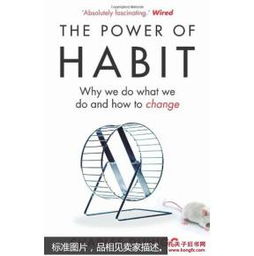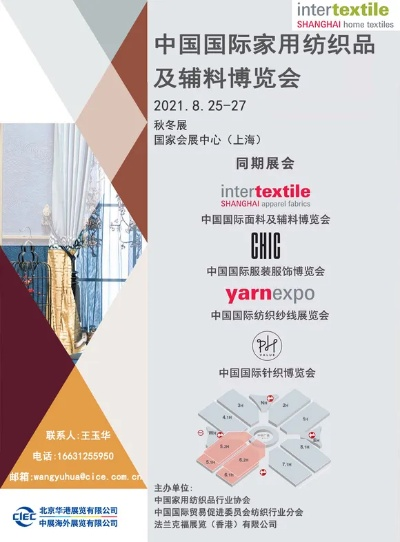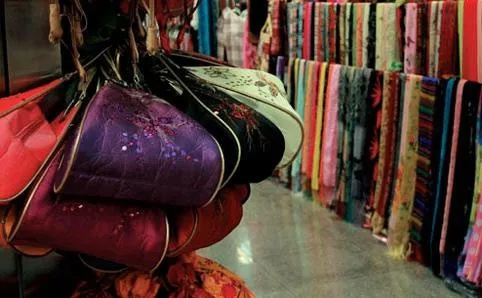The Transformative Power of Textiles in Installation Art
"The Transformative Power of Textiles in Installation Art" explores the transformative role of textiles in contemporary installation art. This paper examines how textiles, with their ability to be manipulated and transformed through various techniques, can create powerful visual and emotional impacts in artworks. The study highlights the potential of textiles to evoke emotions, convey messages, and engage viewers on a deeper level. It also discusses the importance of textiles in creating unique and dynamic installations that challenge traditional notions of art and space. The paper concludes by suggesting ways in which textiles can be integrated into future installation art projects, highlighting their transformative power and potential for innovation.
Introduction: The realm of installation art is a fascinating space where the physical and visual dimensions intersect to create an entirely new experience. Textiles, as the foundational material for many installation pieces, play a crucial role in shaping the overall aesthetic and emotional response of the viewer. In this discourse, we delve into the transformative potential of textiles within the world of installation art, exploring their use, significance, and impact on the viewers' minds and bodies.

Textiles in Installation Art: A Comprehensive Guide
-
Material Choice: Textiles are not just any fabric; they can be manipulated into forms that defy conventional understanding. From silk screens to embroidered panels, each choice contributes to the piece's identity and mood. For instance, a silkscreen print might depict abstract shapes or patterns, while an embroidered piece could feature intricate details or narrative scenes.
-
Formation Process: The creation of a textile installation often involves cutting, stitching, and weaving techniques. These processes can create textures, patterns, and depth that enhance the piece's visual impact. For example, a woven textile might have a tactile quality that invites touch and exploration.
-
Integration with Other Elements: Textiles can work in tandem with other materials such as metal, glass, or even digital displays to create multi-sensory experiences. For instance, a piece made entirely of light-reflective fabrics could create a dynamic, ethereal atmosphere.
-
Emotional Response: Textiles can evoke a range of emotions depending on the content and presentation. They can be calming, stimulating, or even confrontational, depending on the artist's intentions. A piece featuring bold colors and bold graphics might evoke a sense of excitement or energy.

-
Cultural Significance: Textiles are deeply embedded in cultural practices and traditions, making them ideal subjects for installation art that explores global themes. For example, a piece that incorporates traditional Japanese motifs could offer insight into the country's rich history and culture.
-
Interactivity: Many textile installations are interactive, inviting visitors to engage with the artwork in various ways. This could include touching the fabric, moving it around, or using it as a prop in a performance. Interactivity adds another layer of complexity to the viewing experience and encourages deeper engagement with the piece.
-
Technological Innovation: Advances in technology have opened up new possibilities for textile installations. For instance, virtual reality (VR) or augmented reality (AR) can be used to create immersive environments that interact with the viewer's senses. This kind of technology can transform traditional textiles into interactive experiences that transcend the physical boundaries of the gallery.
Case Study: "The Tapestry of Time" by Sarah McIntyre
Sarah McIntyre's "The Tapestry of Time" is a remarkable example of how textiles can be used to tell stories and convey complex ideas. The piece consists of a large, woven tapestry that depicts a timeline of human history, from the dawn of civilization to modern times. Each thread represents a significant event or milestone, and together they form a living chronicle that tells the story of humanity's journey through time.

The tapestry is made from a variety of materials, including wool, cotton, and silk, all of which have been carefully selected to represent different aspects of human history. The colors and textures vary throughout the piece, creating a sense of depth and movement that draws the viewer in.
One striking aspect of "The Tapestry of Time" is its ability to evoke a sense of wonder and awe. As the viewer walks through the tapestry, they are transported to different periods in history, encountering characters and events that seem almost magical. The piece also challenges our perception of time itself, suggesting that it is not a linear progression but rather a series of overlapping moments that shape our lives.
Conclusion: Textiles in installation art serve as powerful tools for expression and communication. By choosing the right materials, forming them into unique shapes, and integrating them with other elements, artists can create works that provoke thought, evoke emotion, and challenge our understanding of the world. Whether it's a simple piece of fabric or a complex installation, textiles have the power to transform our perception of beauty, history, and human experience.
Articles related to the knowledge points of this article:
The Story of Xian Xinyucheng Mengrou Textile Wholesale Shop
Exploring the World of Fashionable Textiles with Xin Yue Textiles Live Show



